Greg Piper
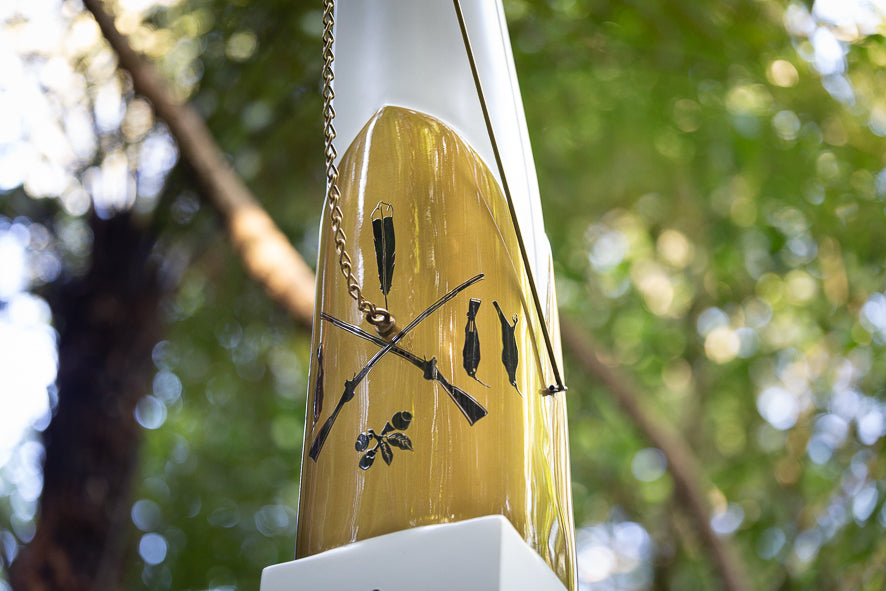
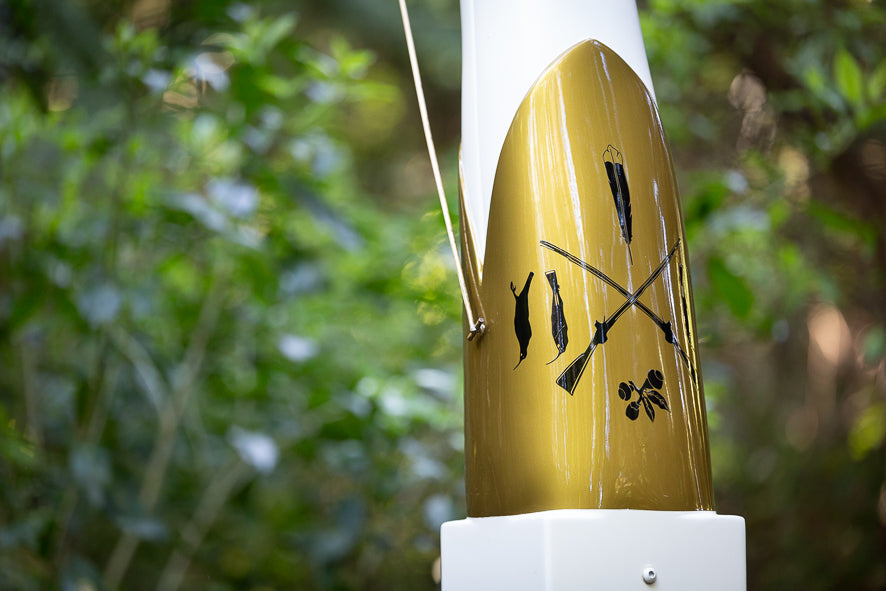

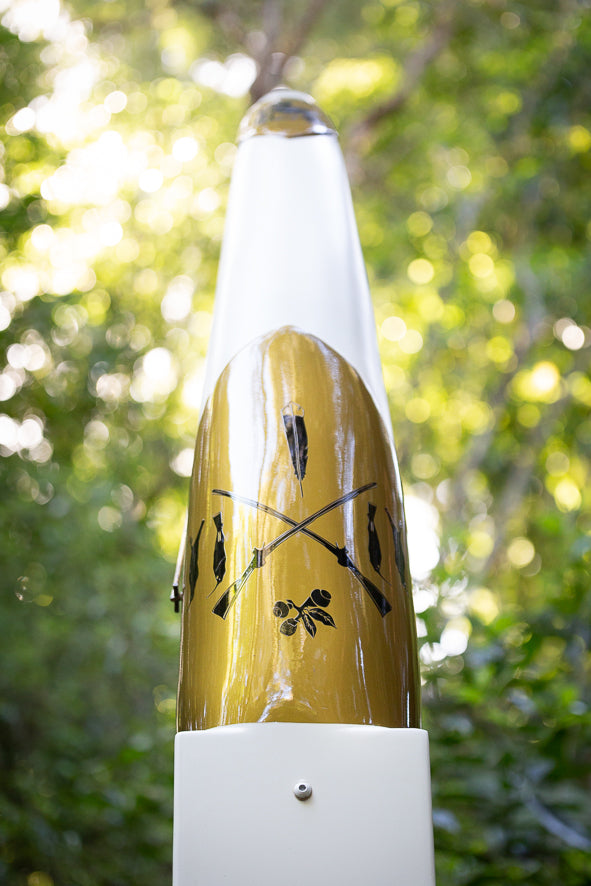



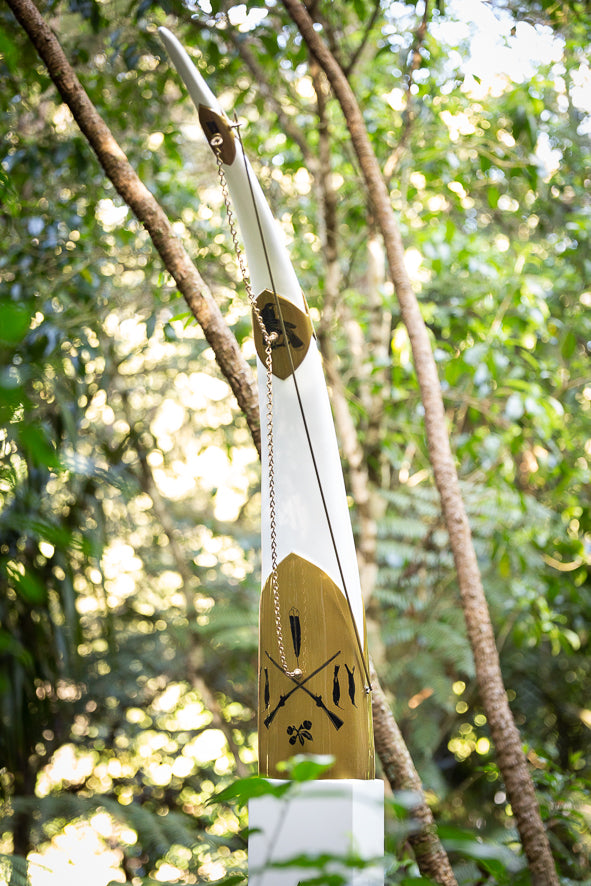
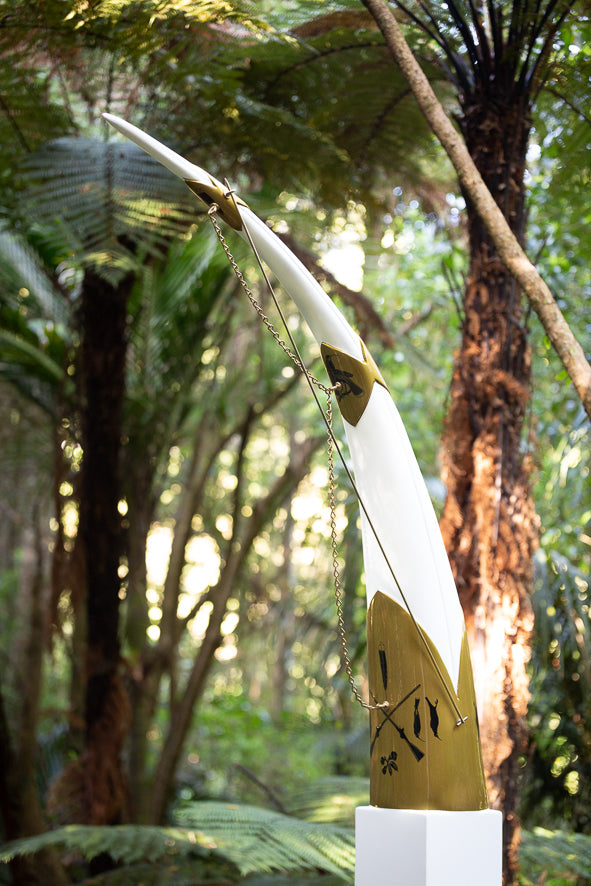
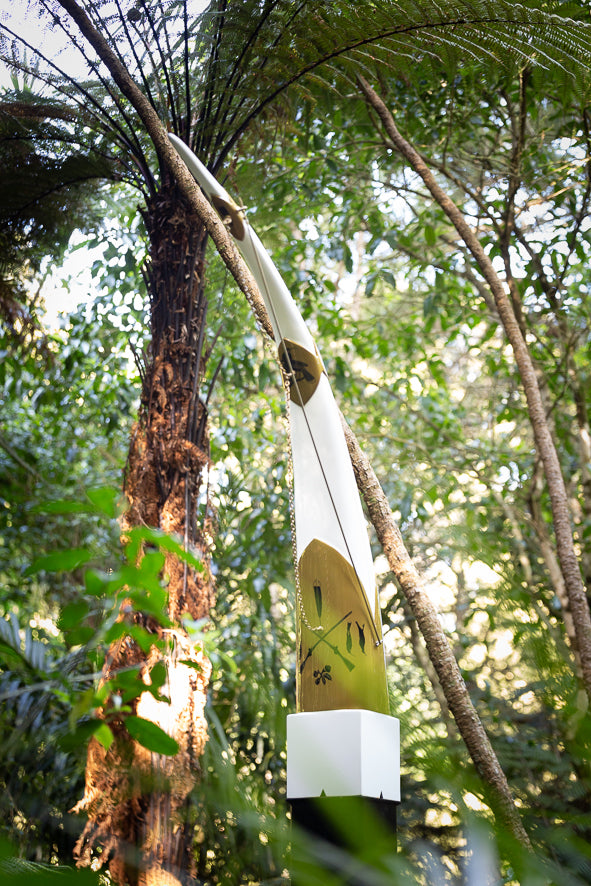
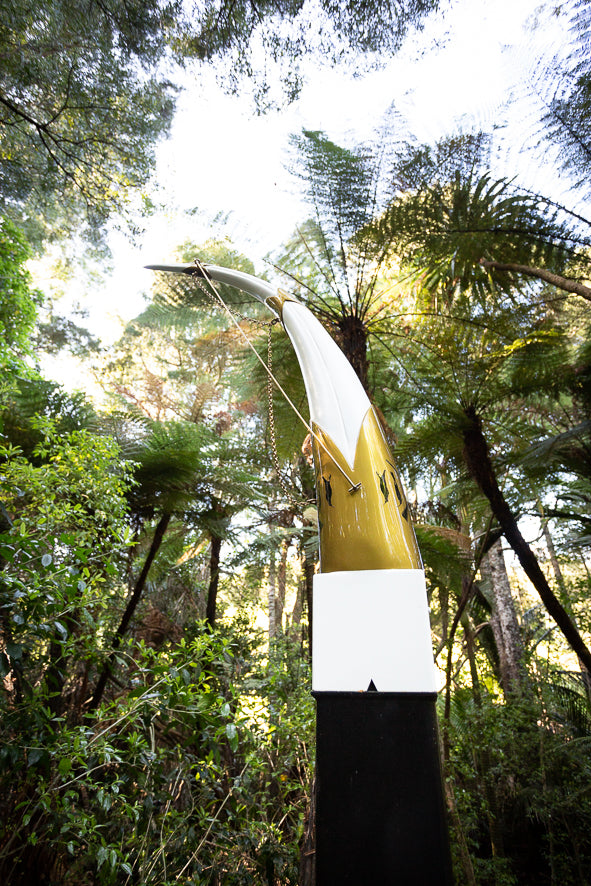
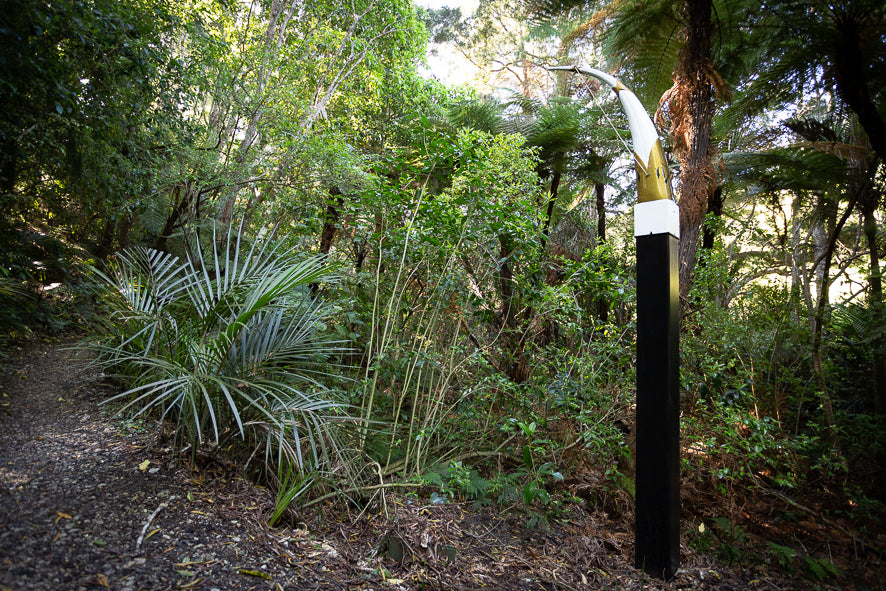
More from this artist
Artist Bio
Greg Piper is an artist with a diverse and extensive background in fine arts, design, and education. His studio practice is fundamentally shaped by his academic achievements, holding a Bachelor of Fine Arts (specializing in film and photography) and a Master of Art and Design (focused on sculpture). Piper's varied professional life has included working in television and publishing, as well as teaching art and design at a university level, all of which contribute to his multifaceted approach to making.
Drawing on his background in both fine-arts and design, Piper is adept at working in a wide range of media, and his exploration includes timber, cast-resin, etched glass, bone carving, korowai (weaving), and bronze casting. His work consistently considers humanity's place in the natural world and explores our cultural and social responses to it.
Piper’s large-scale sculpture is featured in significant public and private collections, including permanent display at the Auckland University of Technology (AUT) Science and Technology building and the Kaipara Sculpture Gardens. He has exhibited widely in both Tāmaki Makaurau (Auckland) and Te Whanganui-a-Tara (Wellington) in numerous solo and group shows.
His recent exhibition history includes the large mixed media outdoor sculpture show Sculpture in the Gardens at the Auckland Botanic Gardens (2024/25) and participation in the prestigious Medal Artists New Zealand (MANZ) exhibition at Artis Gallery (2025). His work, which frequently addresses the impact of colonisation on Aotearoa New Zealand's fauna, has been recognised with awards, including the Sculpture / Ceramic / Assemblage Third Prize at the 2022 Waitakere Arts Trust Exhibition.













